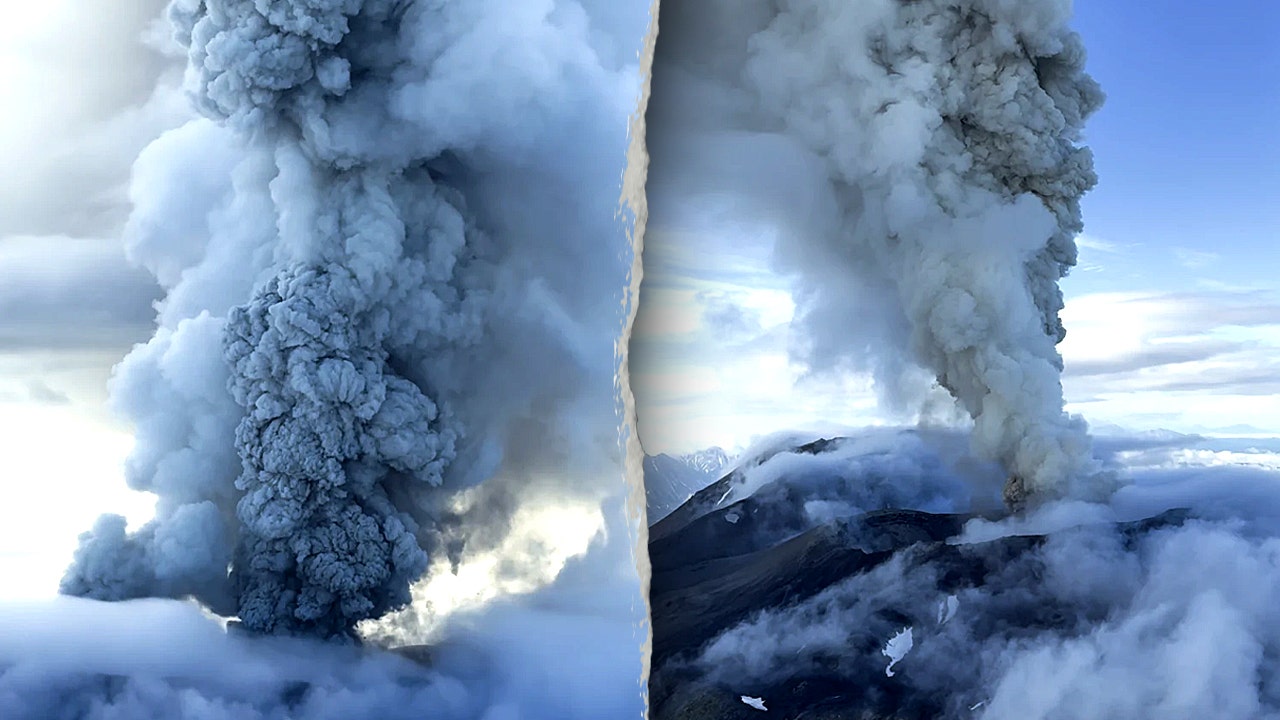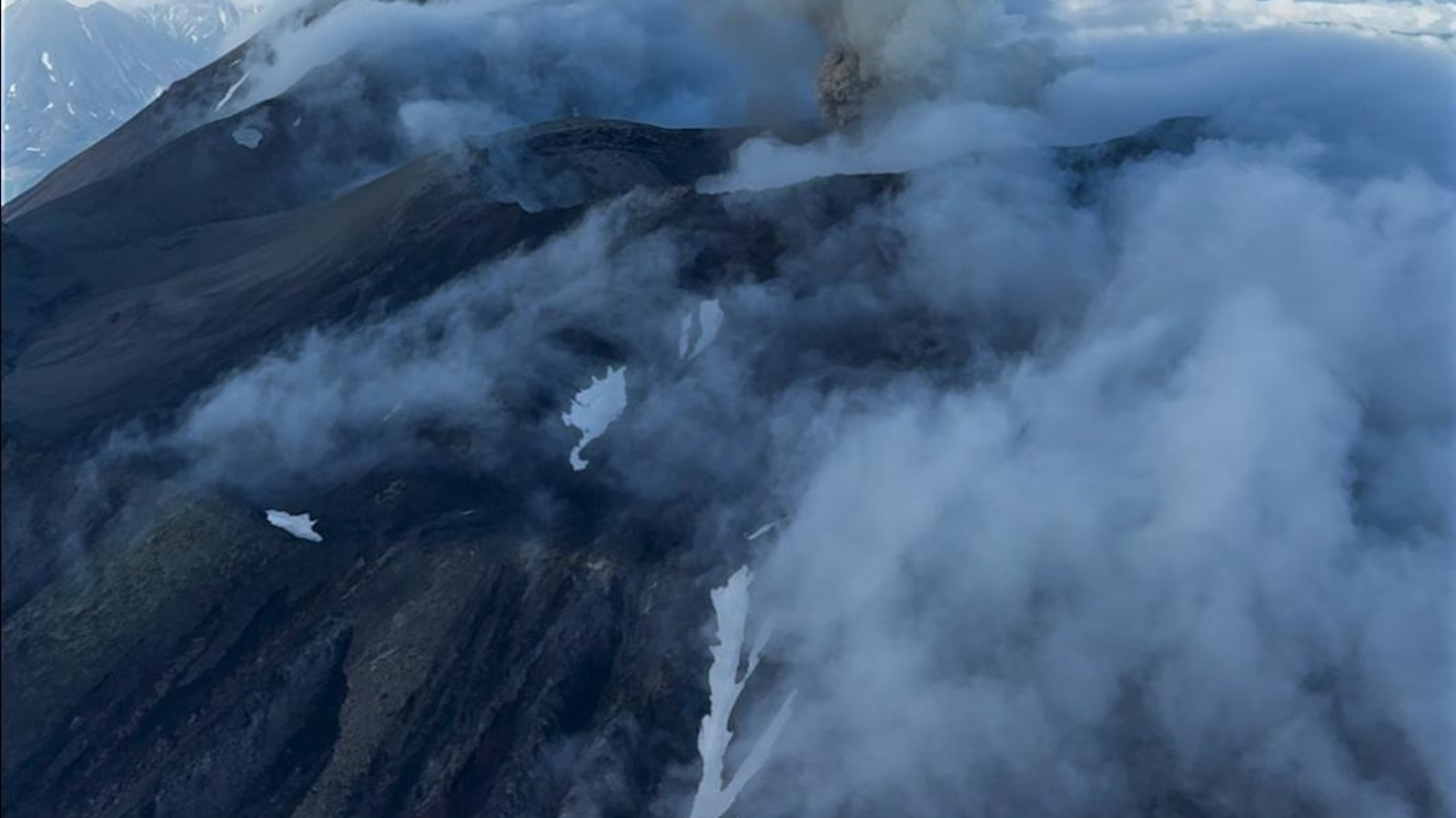Krasheninnikov Volcano Erupts in Russia's Far East After Centuries of Dormancy
Russia's Krasheninnikov volcano erupted for the first time in centuries, propelling ash 6 kilometers high. This geological event followed an 8.8-magnitude earthquake, though no ashfall or major tsunami impact was reported.
Subscribe to unlock this story
We really don't like cutting you off, but you've reached your monthly limit. At just $5/month, subscriptions are how we keep this project going. Start your free 7-day trial today!
Get StartedHave an account? Sign in
Overview
- The Krasheninnikov volcano in Russia's Far East erupted for the first time in 400 to 600 years, marking a significant geological event in the region.
- The eruption propelled a dense ash plume 6 kilometers (3.7 miles) into the sky, observed spreading eastward towards the Pacific Ocean.
- This volcanic activity followed a powerful 8.8-magnitude earthquake, which generated small tsunami waves and triggered warnings for Japan, Alaska, and Hawaii.
- Despite the eruption, no ashfall was reported in inhabited localities, and Russia's Ministry for Emergency Services lifted initial tsunami warnings.
- The Kamchatka Volcanic Eruption Response Team noted decreasing activity but cautioned about the potential for continued moderate explosive activity from the volcano.
Report issue

Read both sides in 5 minutes each day
Analysis
Center-leaning sources cover this story neutrally, focusing on factual reporting of natural events. They present expert opinions to explore potential connections between the earthquake and volcanic eruption, while providing context on the lack of immediate threat and the region's high seismic activity. The reporting avoids sensationalism, maintaining an objective tone.
Articles (6)
Center (3)
FAQ
The Krasheninnikov volcano erupted for the first time in approximately 400 to 600 years, marking a rare and significant geological event in the Kamchatka region of Russia's Far East.
The eruption of the Krasheninnikov volcano occurred shortly after a powerful magnitude 8.8 earthquake, suggesting a possible connection as the quake likely triggered the volcanic activity. The earthquake also caused small tsunami waves and tsunami warnings in parts of the Pacific.
There have been no reports of ashfall in inhabited localities, and no major tsunami impact occurred. Russia’s Ministry for Emergency Services lifted initial tsunami warnings, indicating minimal direct effects on local populations.
The Krasheninnikov volcano has been assigned an orange aviation danger code due to the ash cloud, warning of potential risks to aircraft. Authorities also recommended avoiding the vicinity of the volcano, although no threats to life or infrastructure have been identified so far.
While this is the first eruption in centuries for Krasheninnikov, the Kamchatka Peninsula is a highly active volcanic region with several active volcanoes, including recent activity observed at Klyuchevskaya Sopka, Kamchatka's tallest volcano.
History
- 3M

 3 articles
3 articles





